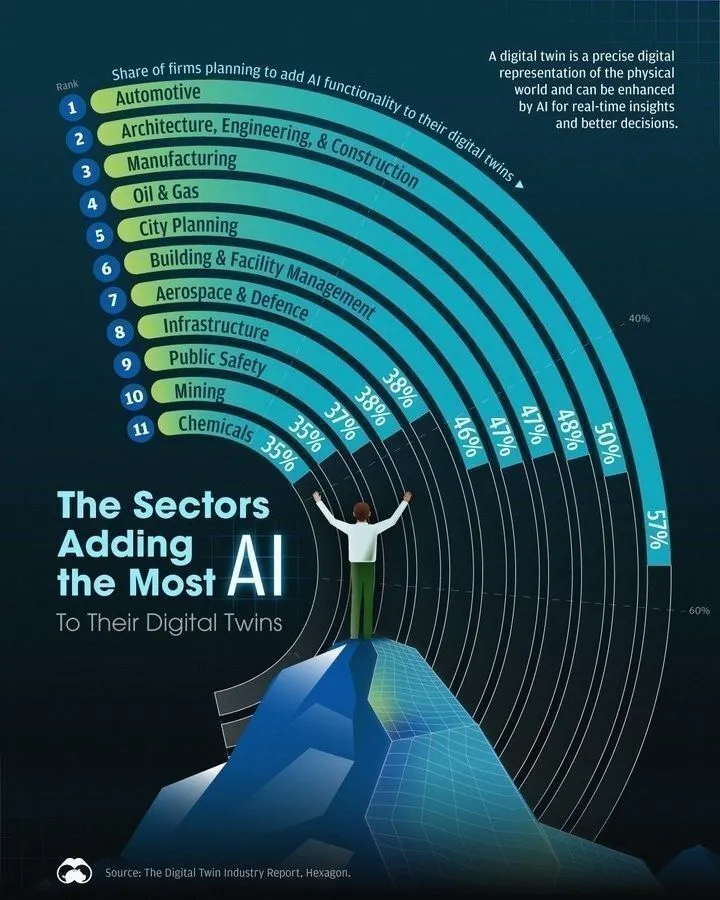Anahtar Kelimeler:RRAM analog matris hesaplama çipi, AI çıkarım çipi, nörosembolik AI, AI video oluşturma, LLM modeli, Pekin Üniversitesi RRAM 24 bit hassasiyet, VSORA AI çıkarım çipi performansı, nörosembolik AI bağlantı yöntemleri, LongCat-Video 13.6B parametre, LLM çoklu modalite temsil yeteneği
🔥 Spotlight
Topic: Peking University RRAM Analog Matrix Computing Chip Achieves 24-bit Precision: Scientists at Peking University have developed an RRAM-based analog matrix computing chip, achieving 24-bit precision for the first time. It demonstrates 100-1000 times higher efficiency than GPUs in massive MIMO tasks. The chip addresses low-precision issues through a fully analog iterative refinement loop, promising breakthroughs in AI inference and 6G signal processing. However, it still faces ecosystem and engineering challenges, with applications in AI accelerators expected within 3-5 years. (Source: ZhihuFrontier)
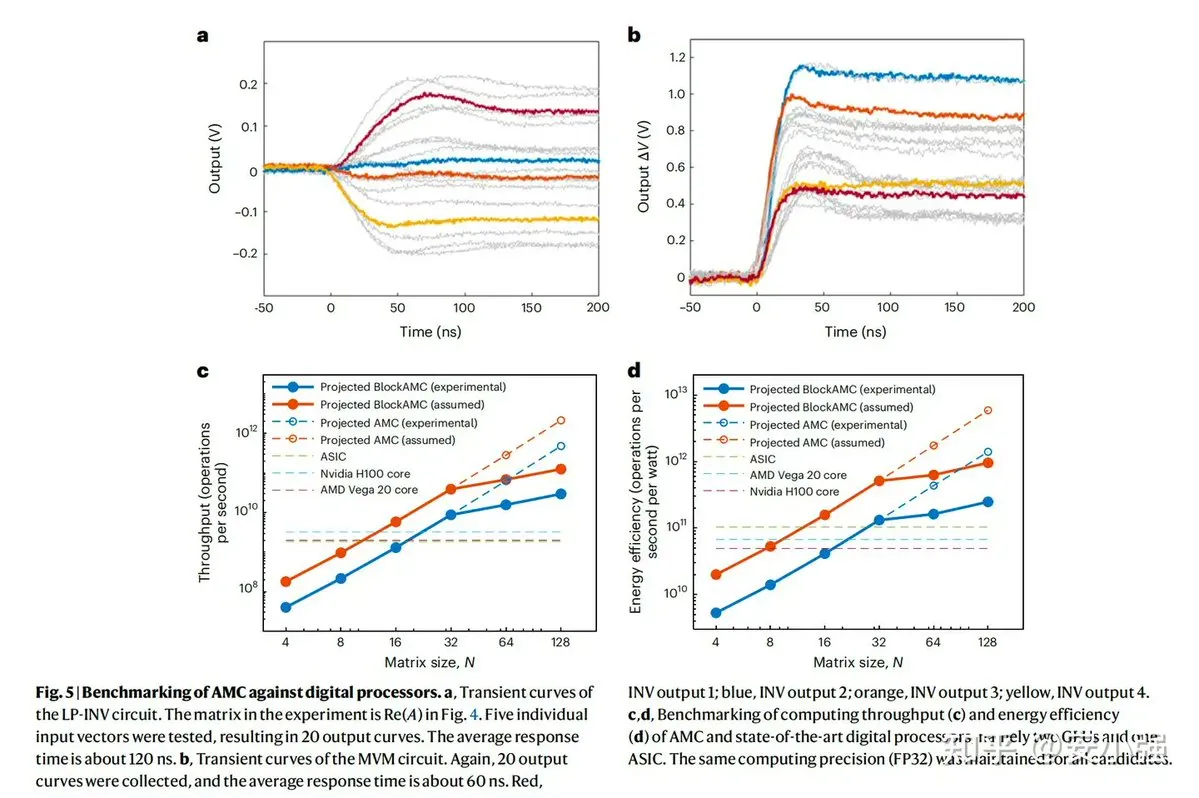
Topic: VSORA Unveils Europe’s Most Powerful AI Inference Chip: VSORA has launched Europe’s most powerful AI inference chip, featuring full programmability, algorithm and host processor independence, and an integrated RISC-V core. Its Tensorcore performance reaches up to 3200 Tflops (fp8) / 800 Tflops (fp16), with 288GB HBM capacity and 8 TB/s throughput. Despite its exceptional performance, it is primarily aimed at data centers rather than personal PCs and requires a robust software ecosystem for widespread adoption. (Source: Reddit r/LocalLLaMA)

🎯 Trends
Topic: MiniMax Releases M2 Model, Ranks Among Global Top Five: The MiniMax M2 model (A10B/230B MoE) is now available for free on OpenRouterAI and has been rated among the top five global models, surpassing Claude Opus 4.1 and closely following Sonnet 4.5. The model demonstrates outstanding performance in inference and efficiency, marking a significant advancement for MiniMax in the AI model domain. (Source: MiniMax__AI, MiniMax__AI, MiniMax__AI, scaling01)
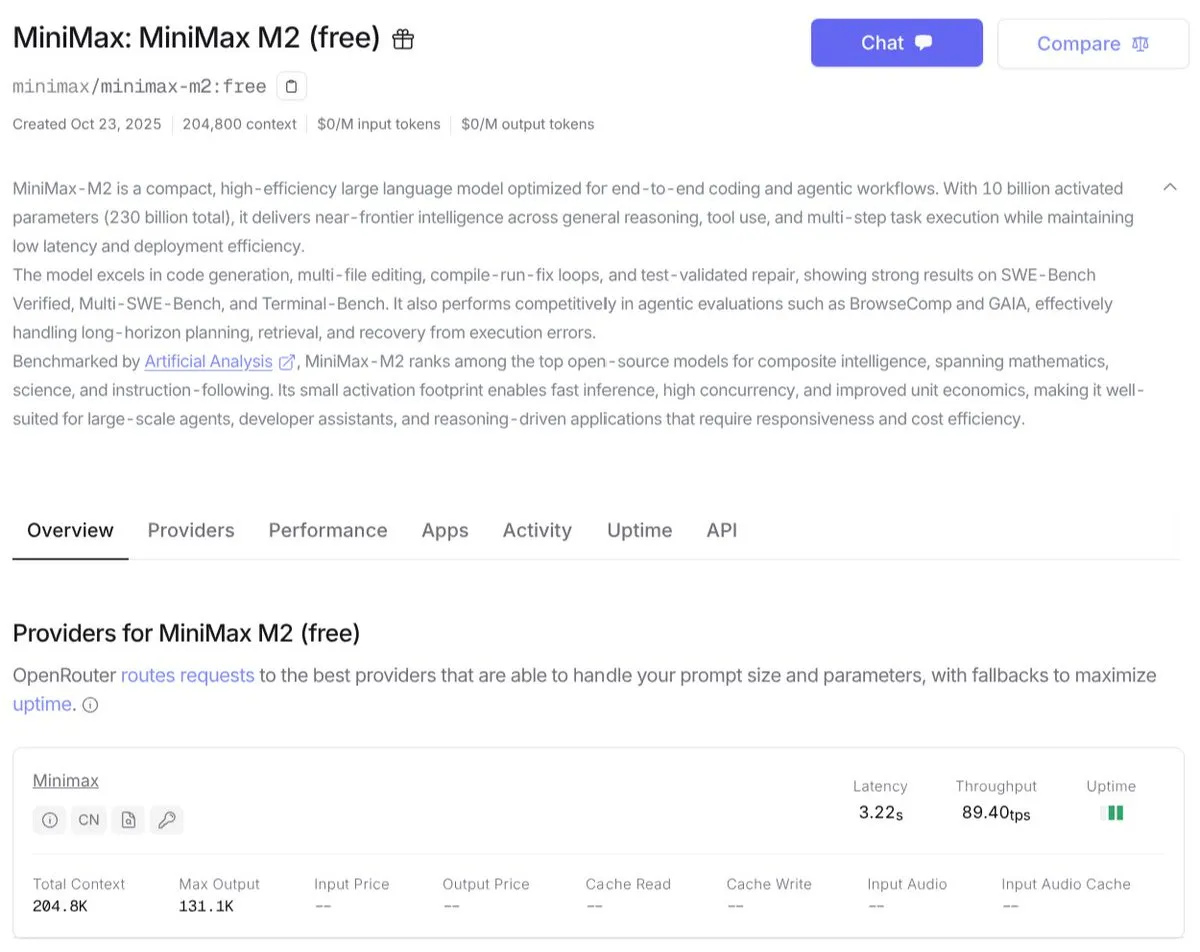
Topic: Meituan Releases LongCat-Video Video Generation Model: Meituan has launched LongCat-Video, a 13.6B-parameter base video generation model that excels in text-to-video, image-to-video, and video continuation tasks, achieving Wan 2.1 level performance. The model is open-sourced under the MIT license and incorporates advanced techniques such as reinforcement learning, GRPO, and block-sparse attention. (Source: teortaxesTex, reach_vb, Reddit r/LocalLLaMA, huggingface)
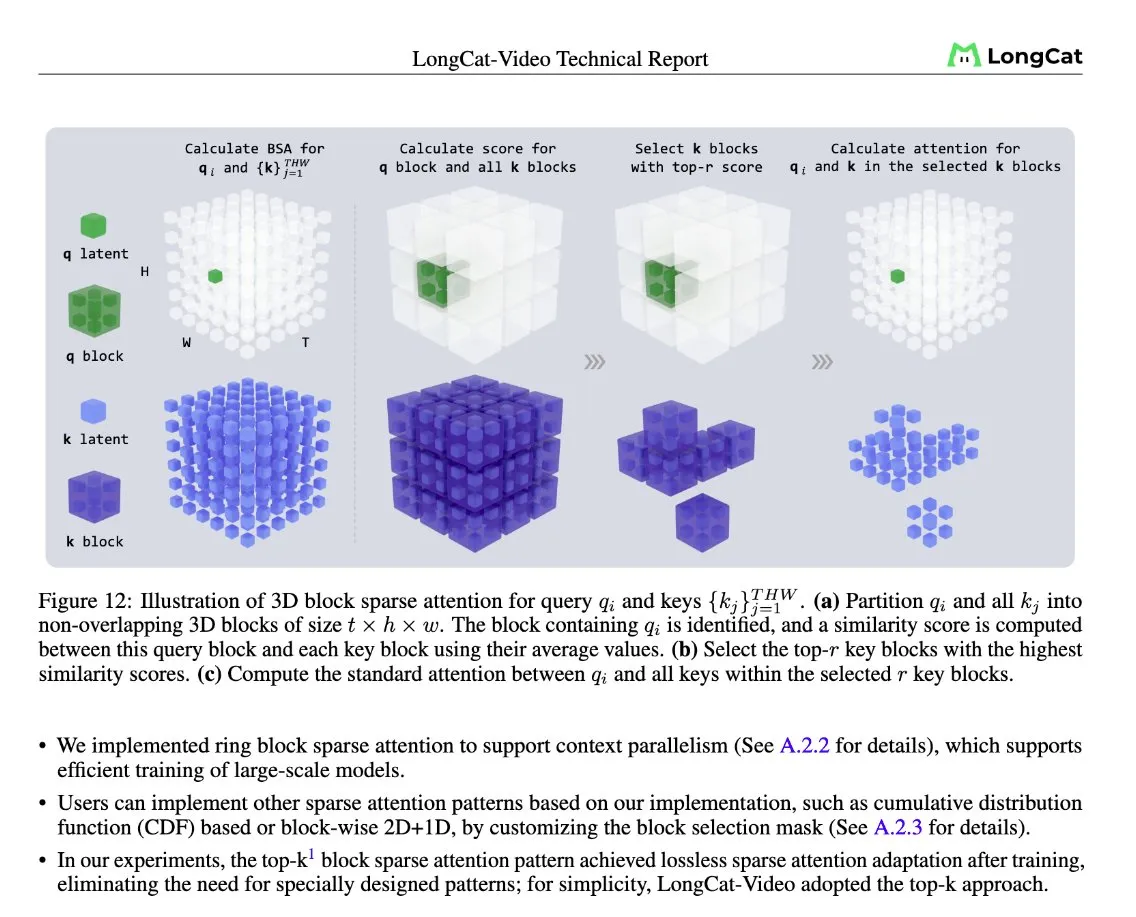
Topic: Neuro-Symbolic AI Seen as the Next Step in AI Evolution: Neuro-Symbolic AI, combining the pattern recognition capabilities of neural networks with the logical reasoning abilities of symbolic AI, is poised to become the next stage in AI evolution. Breakthroughs like AlphaGeometry 2 demonstrate its potential in complex reasoning tasks, enabling better imitation of human thought, enhancing trust in model decisions, and covering a wider range of tasks. (Source: TheTuringPost)
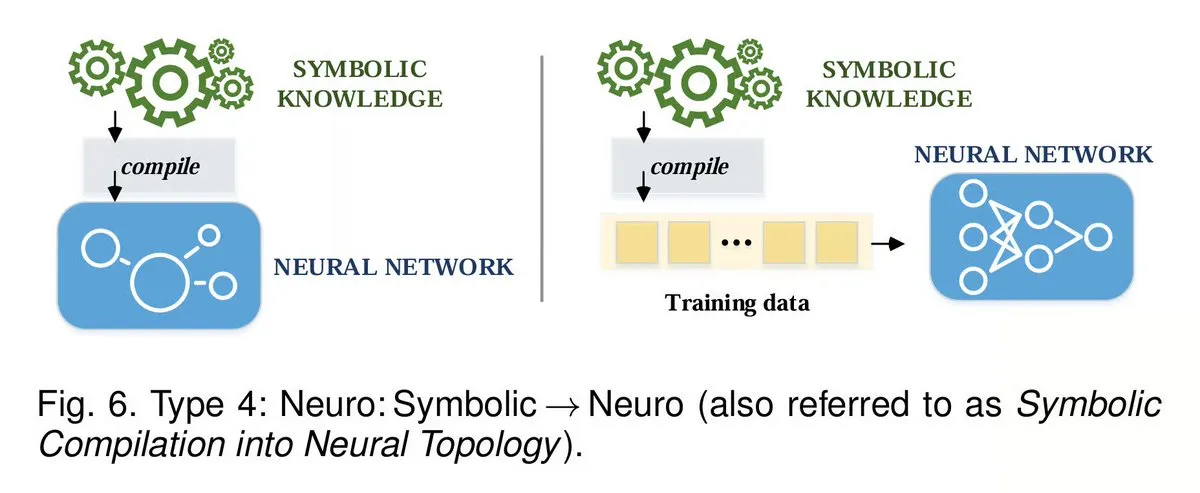
Topic: AI Video Generation Technology Achieves Live-Action Anime Conversion: AI video generation models can now recreate anime scenes (such as ‘Naruto’) into high-quality live-action versions, featuring realistic lighting, camera movements, and emotional expressions, comparable to movie trailers. This indicates that AI video tools are empowering fans to produce professional-grade film and television content, potentially even surpassing traditional studios. (Source: Reddit r/artificial)

Topic: Universal Representation Capability Within LLM Models: Research reveals that the universal representation capability within large language models allows them to transfer semantic concepts (such as ‘eyes’ or ‘emotions’) across different modalities like text, ASCII art, and SVG. This indicates LLMs’ deep understanding of concepts, rather than mere superficial imitation. (Source: mlpowered, paul_cal)
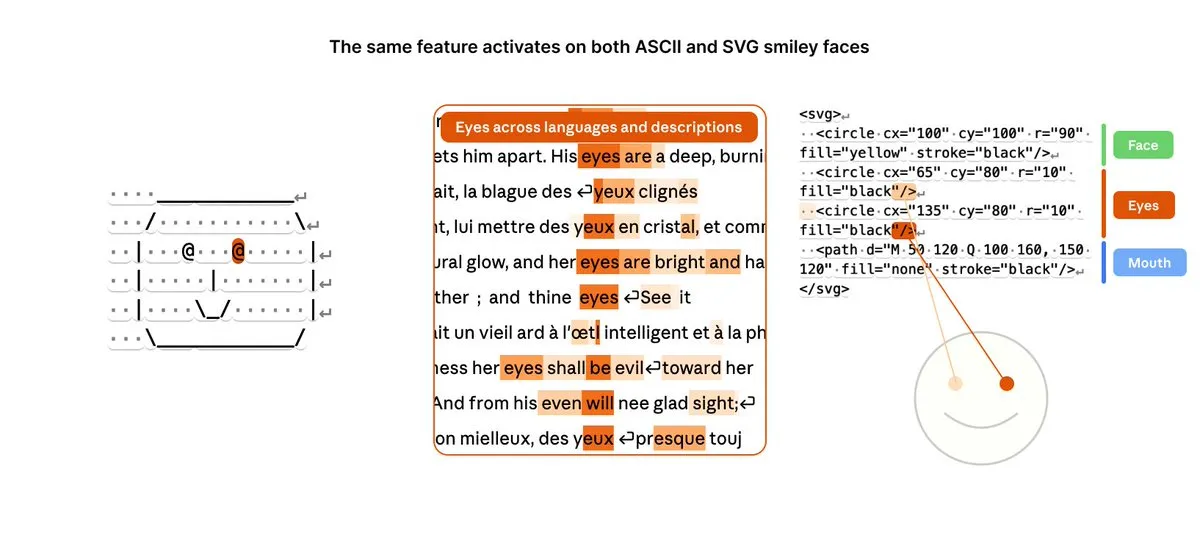
Topic: ByteDance Releases Human-like OCR Model: ByteDance has launched a 0.3B-parameter open-source OCR model that can read documents like a human. The model first analyzes page layout and then parses elements in parallel, achieving highly accurate document recognition capabilities. (Source: huggingface)
Topic: Grok Launches AI Companion Character Mika: Grok has introduced a new AI companion character, Mika. The character’s promotional video, created by XAI users using Grok Imagine, has received widespread acclaim for its exquisite effects. (Source: op7418)
Topic: IROS Best Student Paper Awarded to Generalist Neural Motion Planner: “‘Neural MP: A Generalist Neural Motion Planner’ has won the IROS Best Student Paper Award. This data-driven method learns from large-scale simulated environments and expert trajectories to train a responsive generalist policy, increasing success rates by 23% to 79% across 64 real-world tasks, surpassing existing state-of-the-art planners.” (Source: rsalakhu)
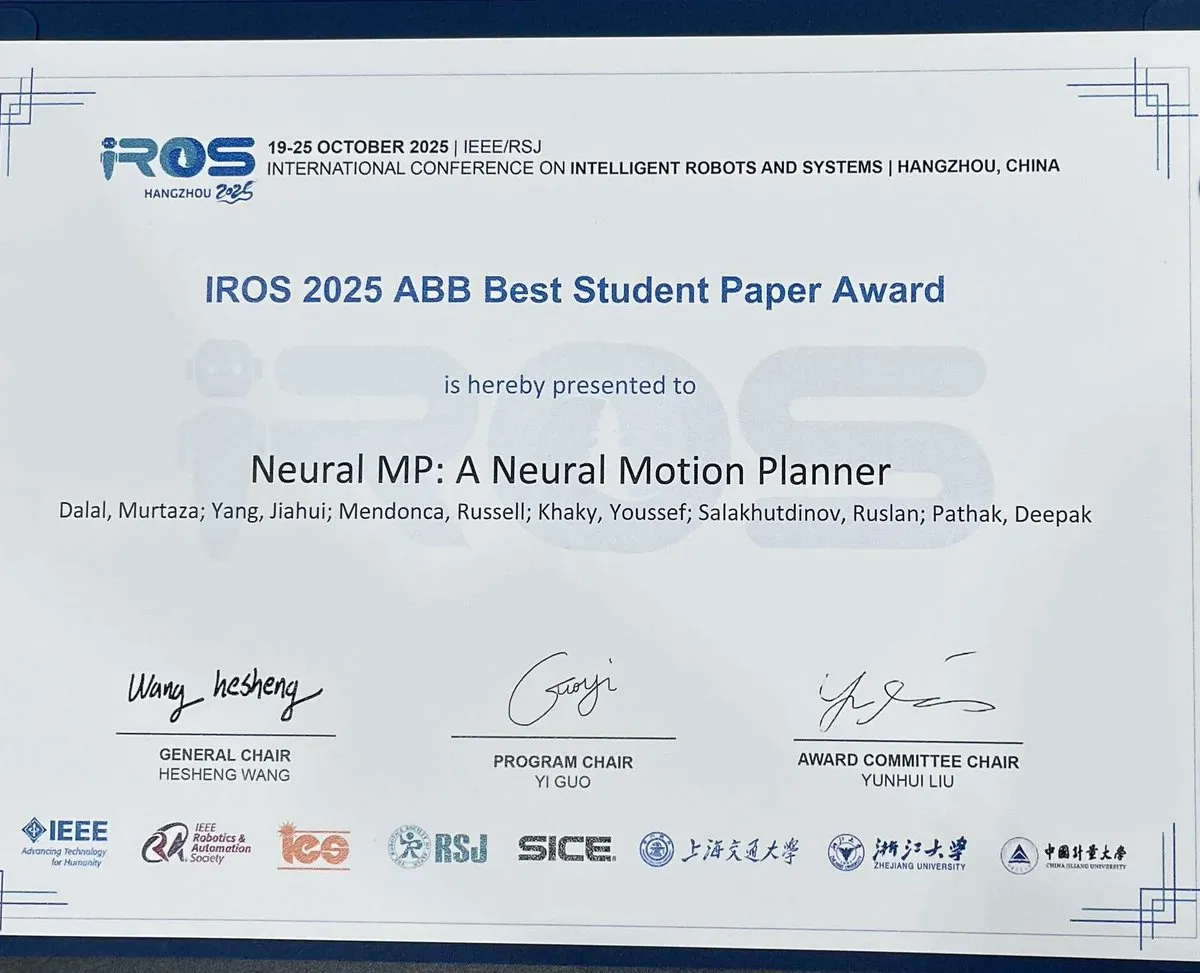
Topic: Xiaomi Smart Glasses Explore Ambient Computing: Xiaomi has released new smart glasses that allow instant switching of lens color or tint with a tap. The glasses feature a built-in 12MP camera, supporting object detection, real-time translation, calorie recognition, voice assistant, and open-ear audio. They aim to provide an ‘invisible tech’ experience that seamlessly integrates into daily life, rather than being merely a ‘smart wearable device’. (Source: Ronald_vanLoon)
Topic: AI’s ‘Coding Persona’ in Software Development: SonarSource analyzed 4400 Java tasks across 6 mainstream LLMs, revealing each model’s unique ‘coding persona’ (e.g., GPT-5’s conciseness, Claude Sonnet 4’s senior architect style, Llama 3.2 90B’s security blind spots). The study points out that while AI can generate a large volume of code, human review is still necessary, creating an engineering productivity paradox. (Source: TheTuringPost)
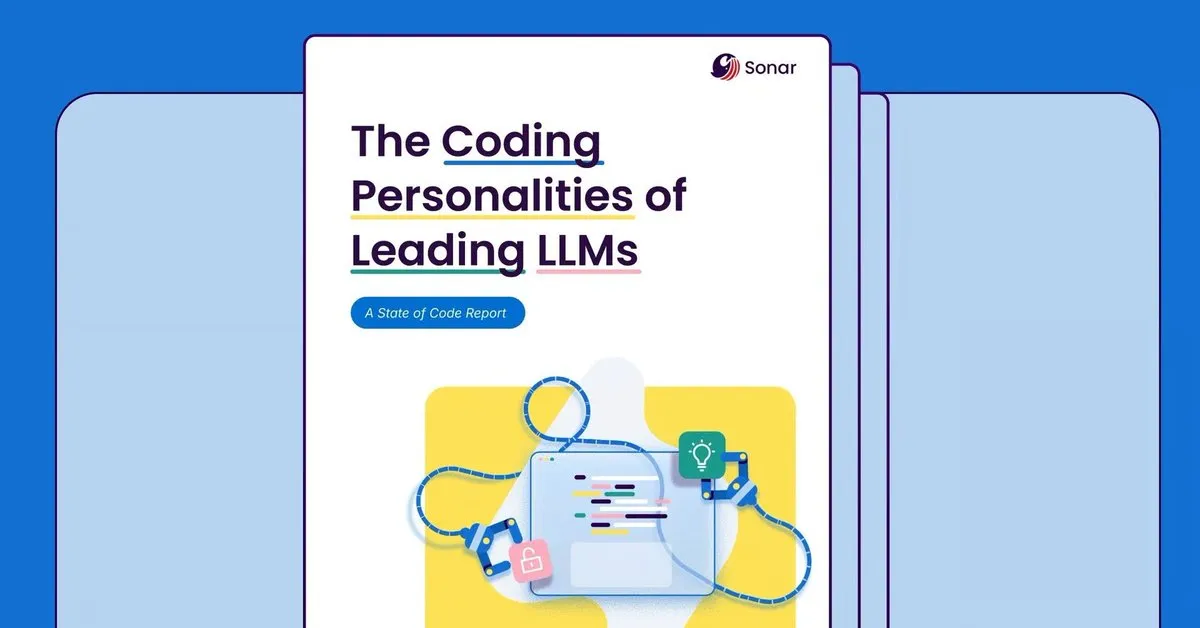
🧰 Tools
Topic: In-depth Analysis of the Claude Code Tool Ecosystem: A detailed directory of Claude Code tools, covering usage tracking (ccusage), CLI tools (claude-code-tools), multi-instance orchestrator (Claude Squad), MCP server (GitHub, Playwright, PostgreSQL, Notion), configuration framework (SuperClaude), plugins (Every Marketplace), slash commands (commit, create-pr), hooks (TDD Guard), status line (claude-powerline), sub-agent collections, and skills (docx, pdf, webapp-testing), providing developers with a comprehensive selection and usage guide for AI development tools. (Source: Reddit r/ClaudeAI)
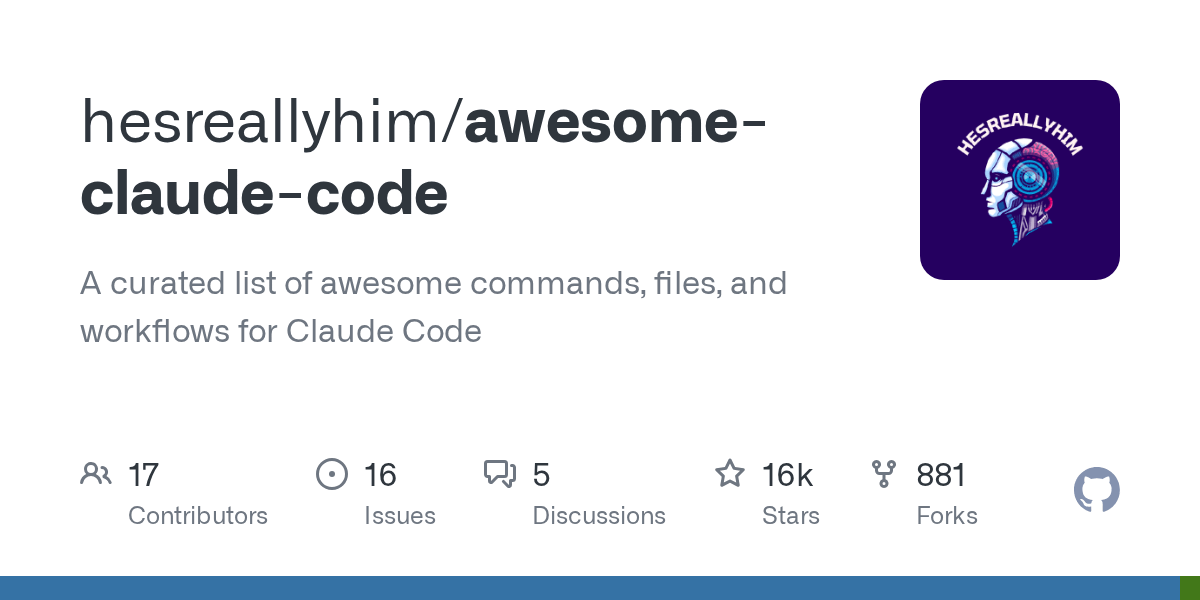
Topic: Riff AI Platform Builds Real Business Applications: Riff is a new AI tool designed to help users quickly build real business applications, agents, and automation processes using natural language descriptions (e.g., English). It supports connections with platforms like HubSpot, Notion, and QuickBooks, and offers templates for marketing, sales, and operations, emphasizing ‘action-first’ to move beyond the demo and fragile prototype stages. (Source: hwchase17)
Topic: AI Headshot Generator Product Review: A review of three AI headshot generators: Headshot.kiwi (fast, realistic, excels in lighting and facial symmetry), Aragon AI (most accurate, diverse background and outfit options, suitable for professional studio effects), and AI SuitUp (clean, business-focused, offers a free LinkedIn background change trial). Each tool has its focus, catering to different users’ professional or personal needs. (Source: Reddit r/artificial)
Topic: Production Workflow of AI Video Generation Tool Veo 3.1: The Veo 3.1 image-to-video tool is used to produce high-quality commercials. Its production method includes: training datasets for each character with multiple angles, expressions, and lighting variations; creating a main prompt that defines environmental parameters (lighting, architecture, contrast, etc.); generating a base template without characters; and finally integrating character images using the Nano Banana tool. (Source: op7418)
Topic: Solutions for Running LLMs Locally: Facing the rising costs of AI models, the community discussed methods for running LLMs locally on personal computers. Recommended tools include Ollama, Open-WebUI, and LM Studio, with suggestions to use open-source models like Llama or DeepSeek. It was also noted that local execution requires GPU support for good performance, and small-parameter models have limited performance. (Source: Reddit r/ArtificialInteligence)
Topic: Replit Leverages AI Agents for Task Completion: The Replit platform has been found to have the potential to use AI Agents for task completion, such as connecting to Airtable and using OpenAI to guess names and company names from email addresses. This method is low-cost ($0.80) and faster than traditional tools (like Zapier), demonstrating the efficiency of AI Agents in automating daily tasks. (Source: amasad)
Topic: AI Builder Tool Can Generate Virtual Humans and Animals: An AI Builder tool called ‘Argil Atom’ can create virtual humans and animals ‘from scratch’ and give them identities to generate high-traffic social media content. The tool excels at producing realistic images and videos, for example, demonstrating SOTA performance in generating lion images. (Source: BrivaelLp, BrivaelLp, BrivaelLp)
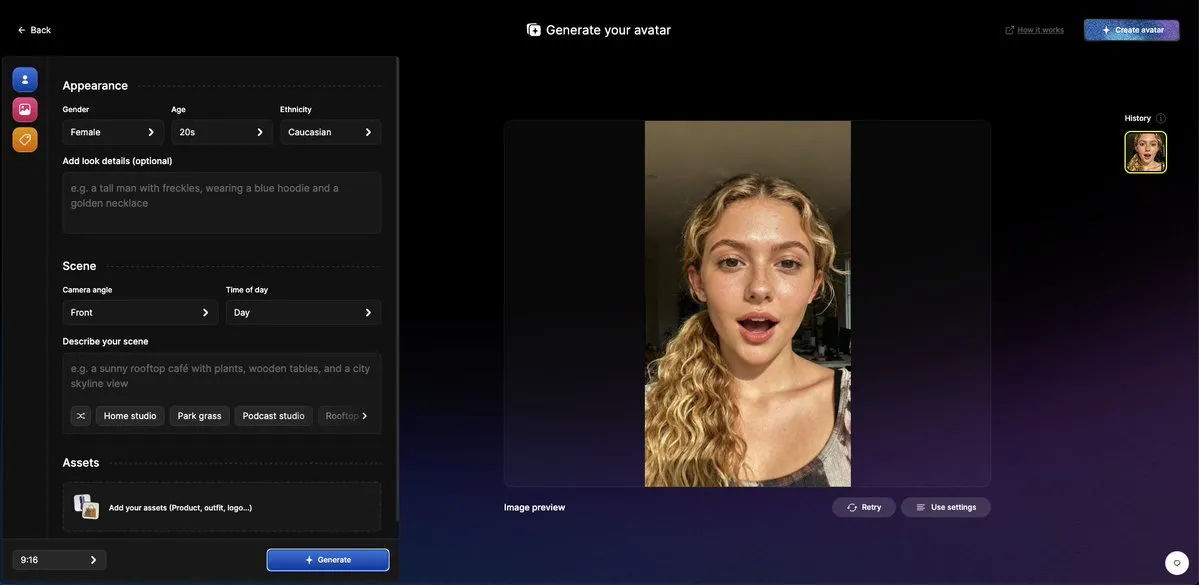
Topic: RAG-Anything: All-in-One RAG Framework: RAG-Anything is promoted as an ‘all-in-one RAG framework,’ designed to simplify and integrate various Retrieval Augmented Generation (RAG) functionalities, providing developers with a more convenient RAG solution. (Source: dl_weekly)
📚 Learning
Topic: System Design Resources GitHub Repository: “‘awesome-system-design-resources’ is a GitHub repository with over 26,000 stars, compiling a wealth of free resources to help developers learn system design concepts and prepare for interviews. Content covers core concepts, networking, APIs, databases, caching, asynchronous communication, distributed systems, architectural patterns, trade-offs, interview questions, courses, books, newsletters, and must-read articles/papers.” (Source: GitHub Trending)

Topic: AI Agent Continuous Learning Dilemmas and Future: An in-depth discussion on the limitations of LLMs as ‘parrots’ rather than ‘physicists,’ critiquing the current sample inefficiency of reinforcement learning (learning only from rewards, not observation). The article proposes a ‘Dual LoRA’ strategy for continuous Agent learning and predicting environmental feedback by learning a ‘world model.’ Furthermore, it highlights the slow AI response caused by the ‘ReAct loop’ and calls for Agents to shift towards a ‘listen-think-speak’ event-driven architecture. (Source: dotey)
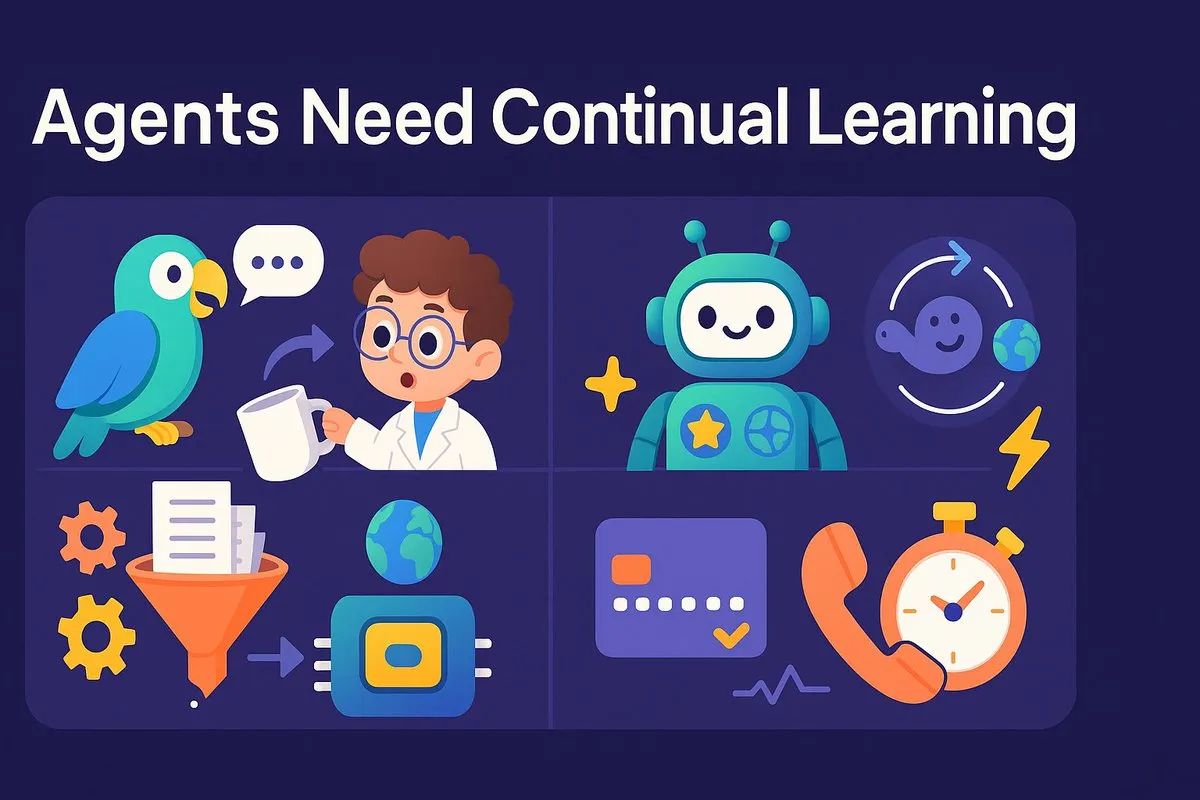
Topic: Overview of AI Agent Architectures and Patterns: Multiple infographics provide foundational knowledge on AI Agent architectures, patterns, and a roadmap to becoming an Agentic AI expert. These resources aim to help learners understand the core concepts, design principles, and future directions of Agentic AI, serving as excellent learning materials for entering the AI Agent field. (Source: Ronald_vanLoon, Ronald_vanLoon, Ronald_vanLoon, Ronald_vanLoon, Ronald_vanLoon, Ronald_vanLoon)
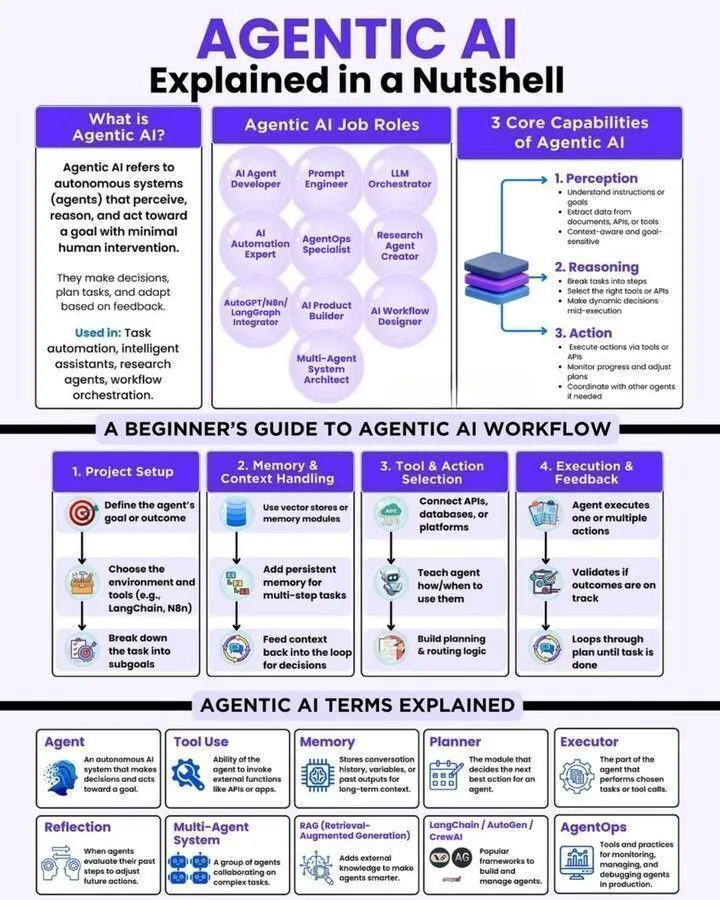
Topic: Six Ways to Connect Neuro-Symbolic AI: Detailed explanations of six methods for connecting symbolic AI and neural networks, including neural networks with symbolic input/output, neural network subroutines as symbolic AI assistants, neural network learning in collaboration with symbolic solvers, symbolic compilation to neural networks, symbolic integration in loss functions, and fully hybrid mode. These methods provide technical pathways for building AI systems that more closely resemble human reasoning. (Source: TheTuringPost)
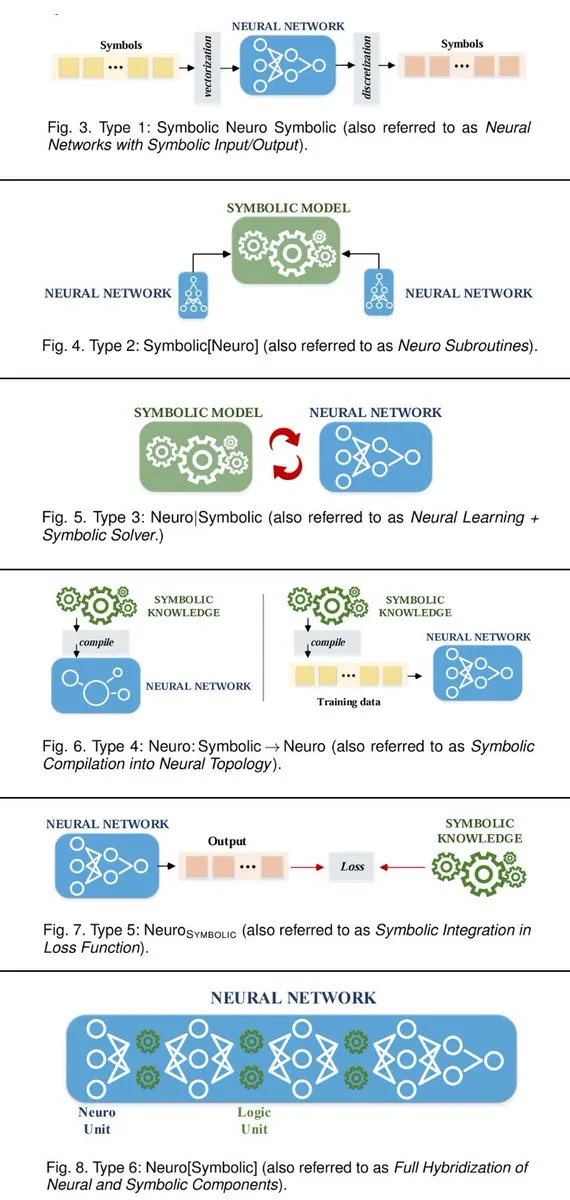
Topic: Karpathy’s Nanochat: Open-Source Pipeline for Building ChatGPT-Style Models: Andrej Karpathy has launched Nanochat, an open-source, end-to-end pipeline that allows users to build ChatGPT-style models from scratch in hours for approximately $100. The project aims to make the entire system readable, modifiable, personally owned, and capable of adding custom capabilities. (Source: TheTuringPost)
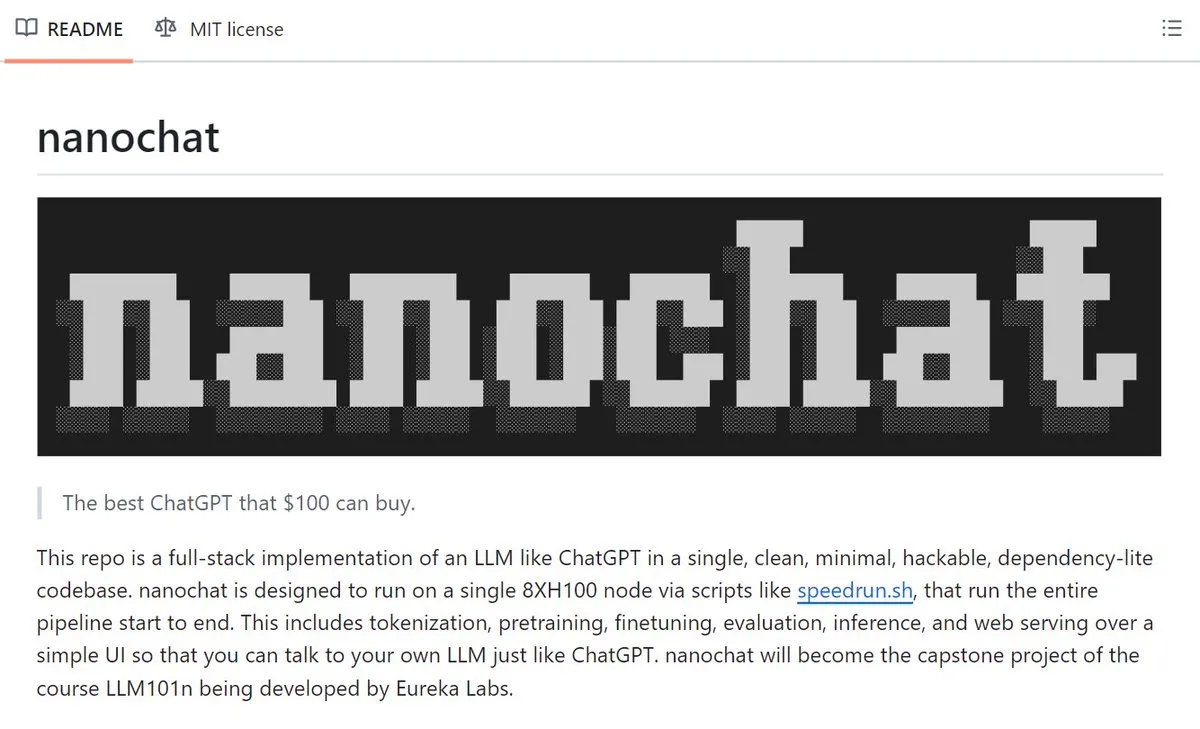
Topic: Hubble: Resource for LLM Memorization Risk Research: Hubble is an open-source LLM suite designed to advance scientific research into LLM memorization risks. The project utilizes 200,000 GPU hours provided by NSF NAIRR and Nvidia to build models and datasets containing 8B parameters and 500B tokens, simulating and studying memorization risks through controlled data insertion. (Source: percyliang)
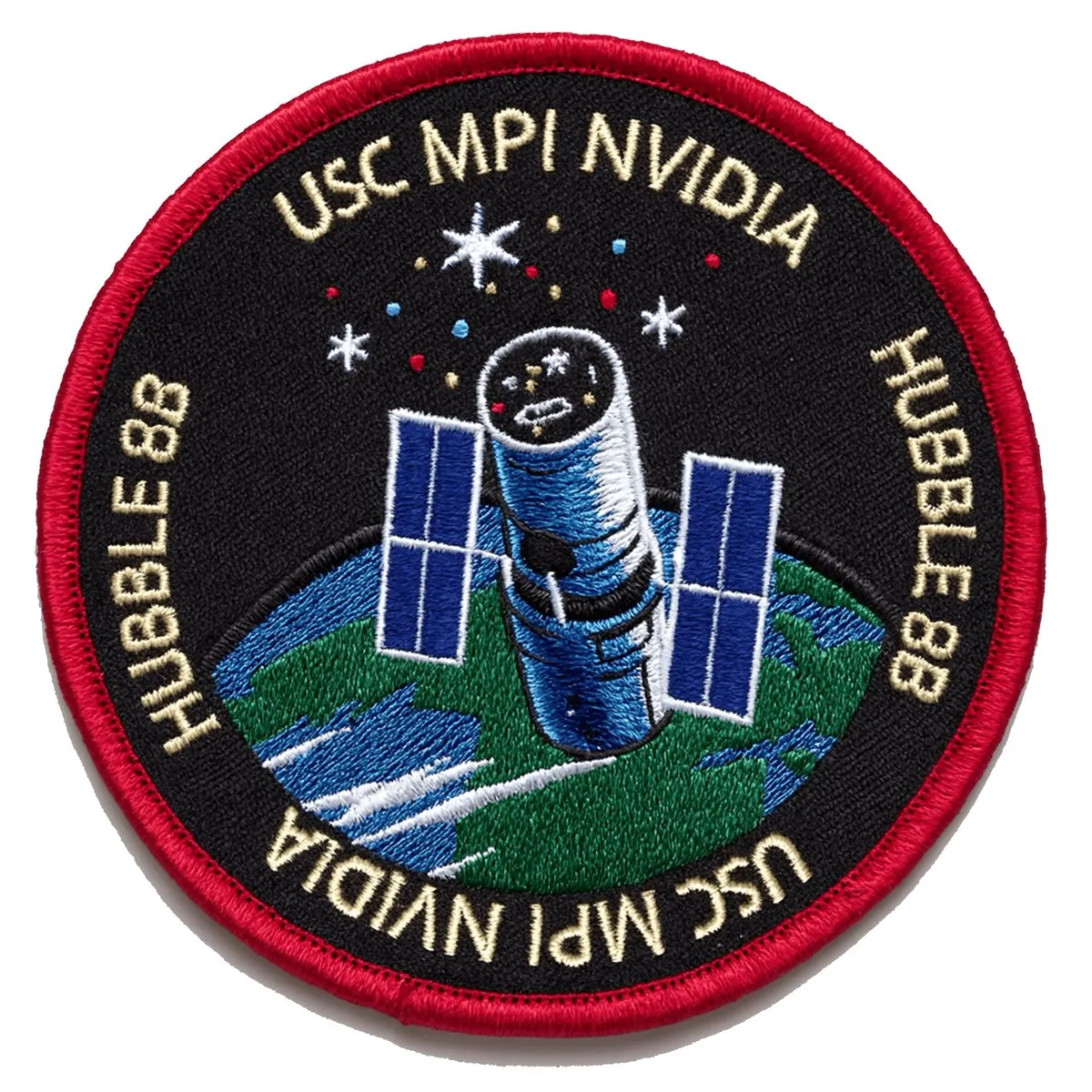
Topic: ML Model Calibration and Confidence: In ML engineer interviews, when models have the same accuracy but different confidence levels, the one with higher calibration should be chosen. The article explains that modern neural networks are often overconfident, emphasizing the importance of model calibration (where predicted probabilities align with actual outcomes) for decision-making. It also introduces evaluation methods like reliability diagrams and ECE, and calibration techniques such as histogram binning and isotonic regression. (Source: _avichawla)
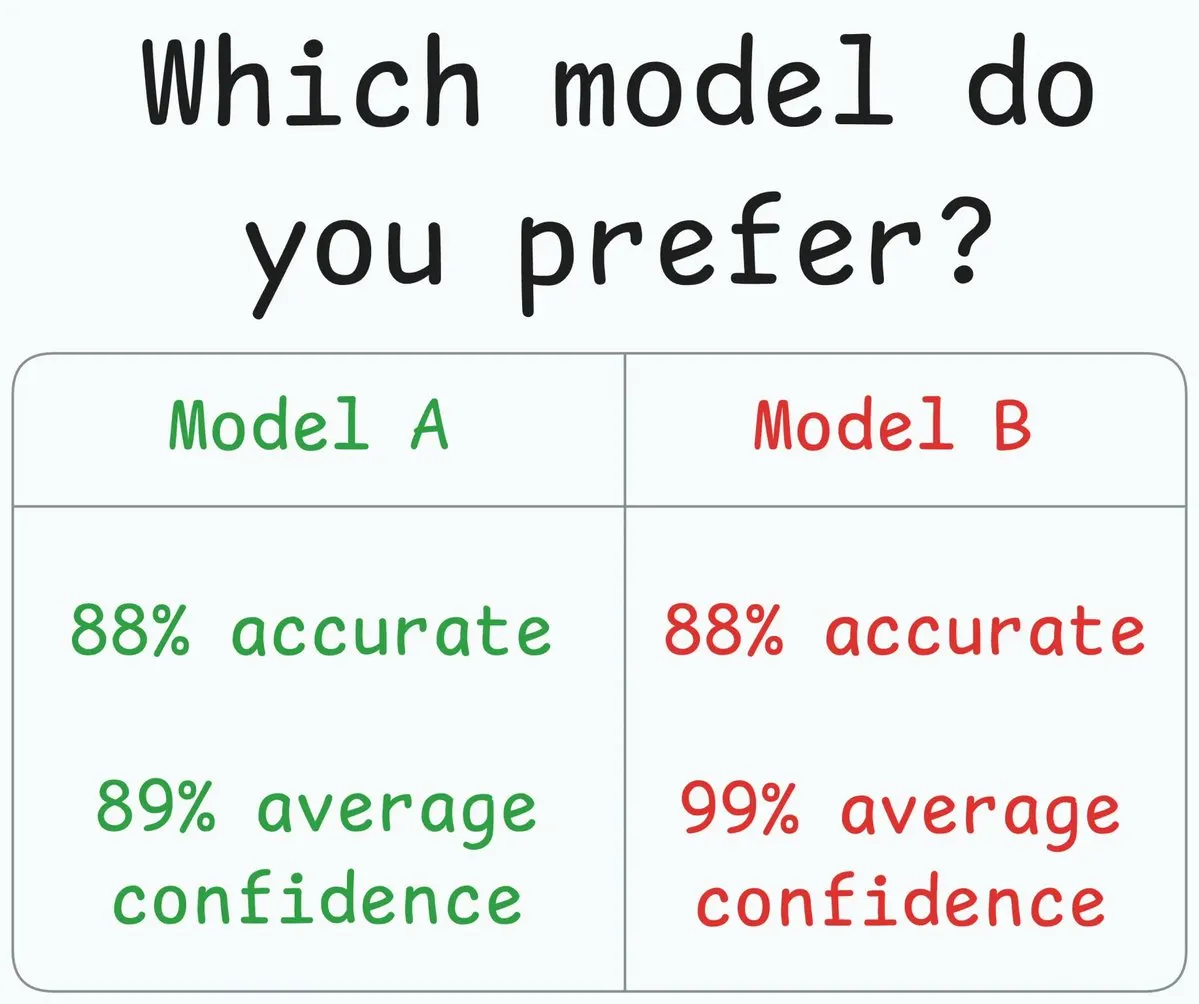
Topic: Research on Optimizing Multimodal Synthetic Data Generation: A study focuses on optimizing the prompt space to generate multimodal synthetic data that truly captures linguistic richness, rather than simply translating English datasets. This is crucial for developing AI models that are more culturally sensitive and linguistically diverse. (Source: sarahookr)
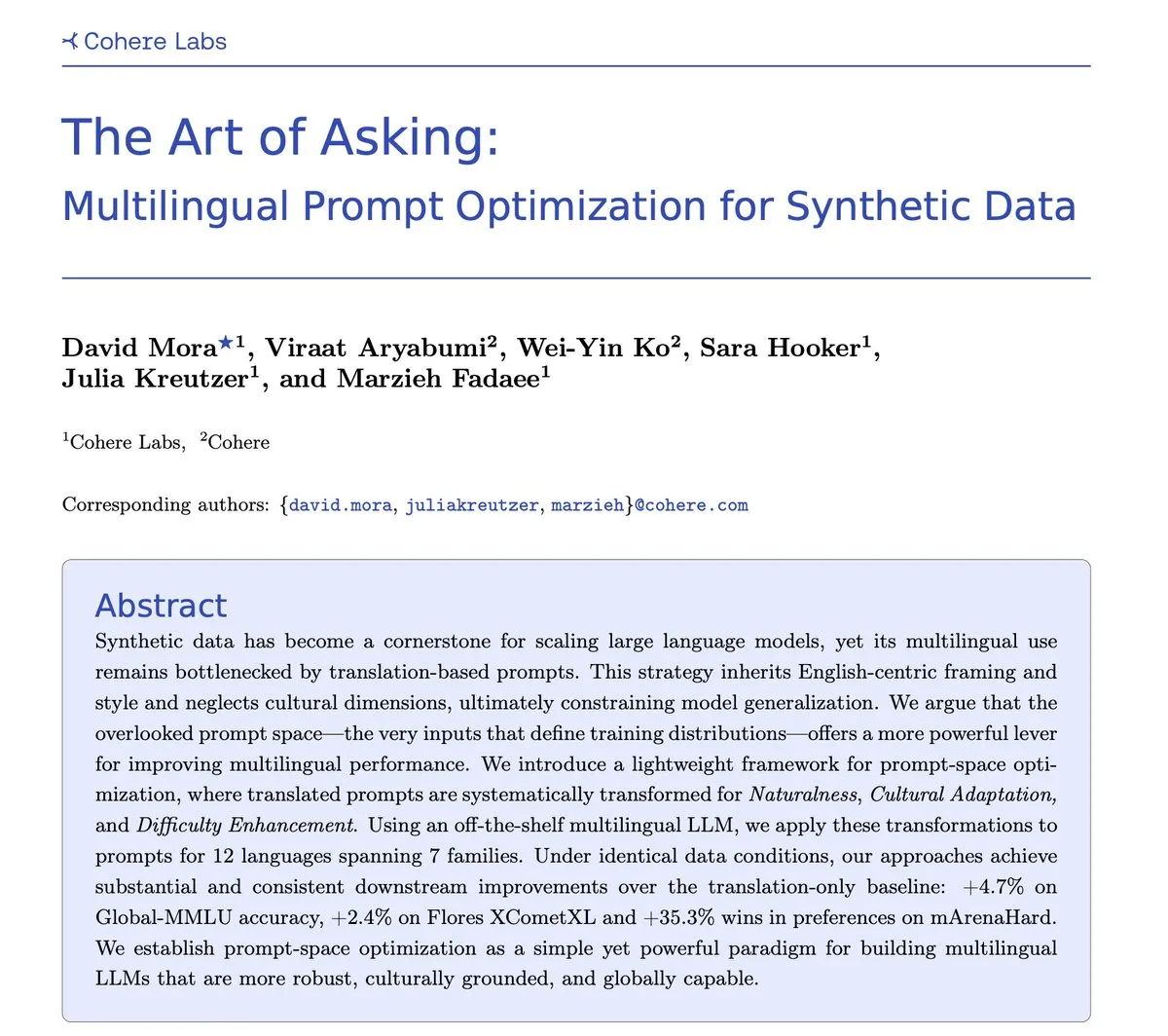
💼 Business
Topic: OpenAI’s Strategic Shift Towards Advertising and User Engagement: Reports indicate that OpenAI is entering its second phase, focusing on advertising and user engagement, and has assembled a team of former Facebook ad executives. Its goal is to achieve a trillion-dollar valuation by increasing daily user time and matching Meta’s ad targeting capabilities. However, this ‘digital opium’ business model raises concerns about AI ethics and escalating anti-AI sentiment. (Source: aiamblichus)
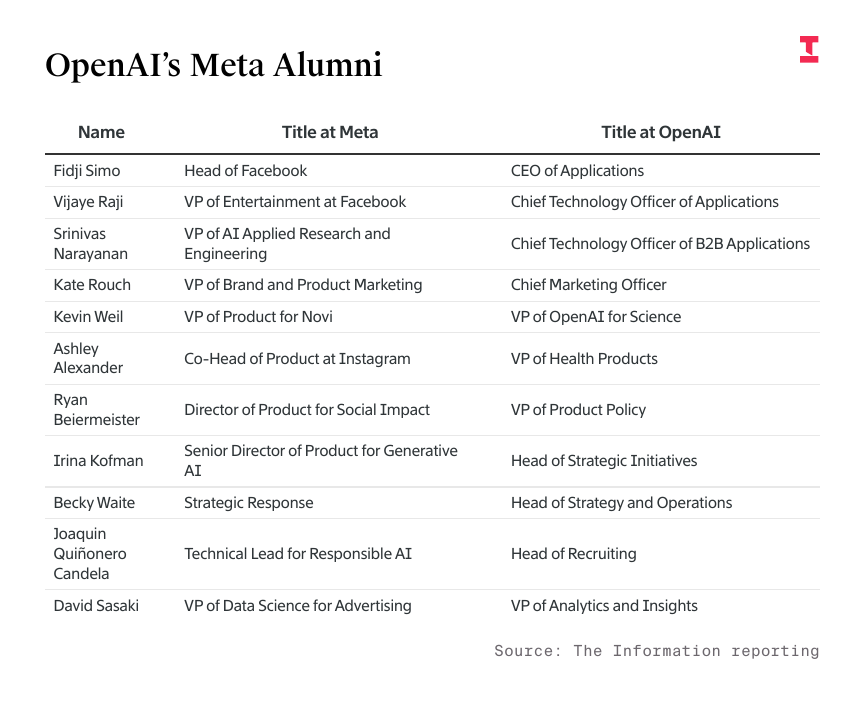
Topic: Potential AI Threats to Software Development Business Models: Discussion on potential AI threats to SaaS revenue models, noting that AI tools improving employee efficiency could lead to reduced customer demand for users/licenses, while SaaS vendors reduce costs through internal efficiency gains (e.g., fewer R&D staff). This sparks debate on the evolution of pricing power, whether cost savings will be passed on to customers, and if vendors will shift to a ‘value delivery’ pricing model. (Source: Reddit r/ArtificialInteligence)
Topic: OpenAI Awards McKinsey 100 Billion Token Usage Award: OpenAI awarded McKinsey Company a 100 billion Token usage award, sparking community criticism regarding consulting firms using LLMs to generate reports, leading to layoffs, and the actual value of such ‘awards.’ Comments suggest this phenomenon reflects the ethical dilemmas of AI in business applications and its impact on the job market. (Source: Reddit r/ChatGPT)
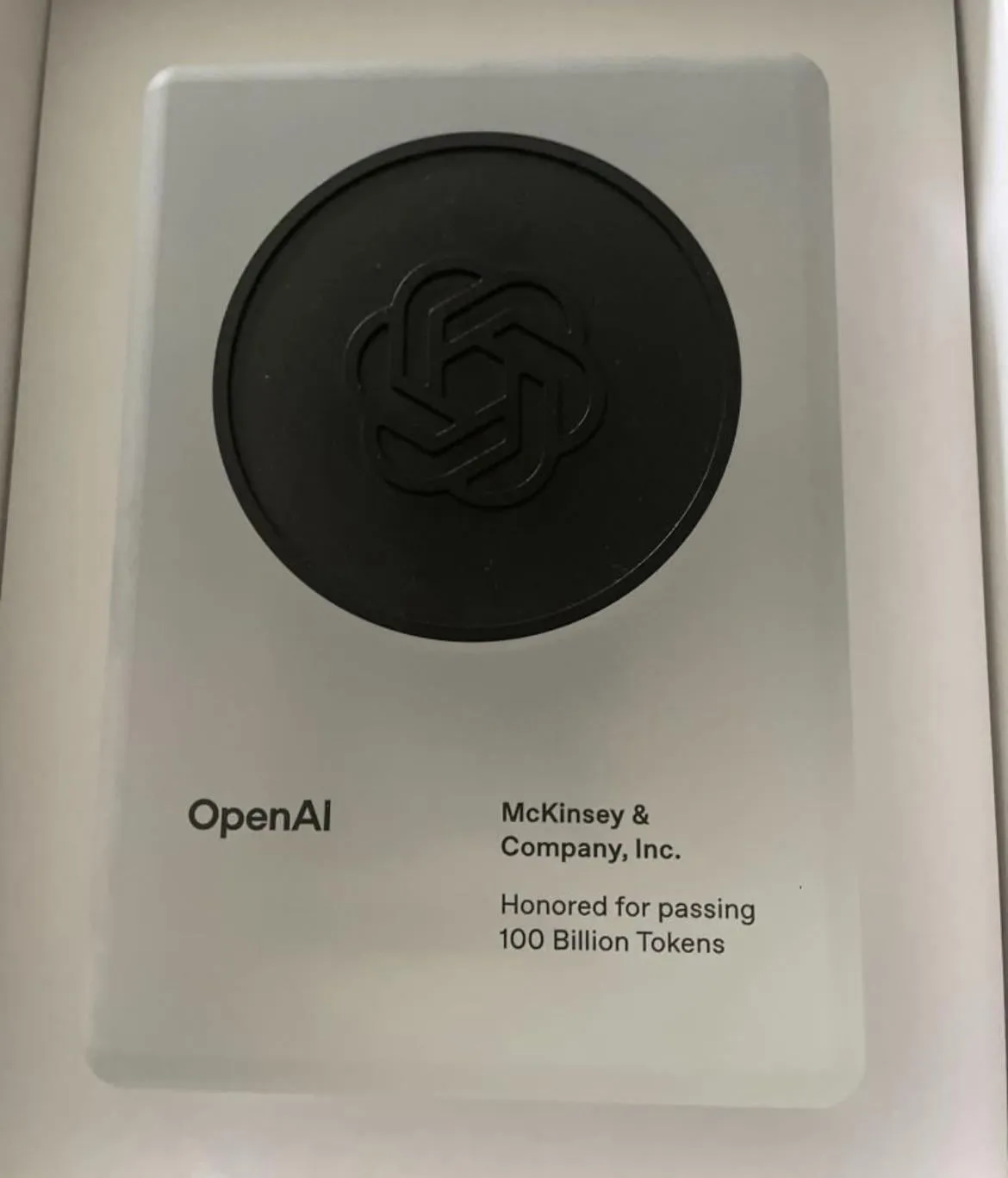
🌟 Community
Topic: Are LLMs a ‘Dead End’? Sutton and Karpathy’s Deep Critique of Agents: Turing Award laureate Richard Sutton directly stated that all LLMs are a ‘dead end,’ believing they only imitate ‘what to say’ rather than understanding ‘how things work.’ Andrej Karpathy also agreed that reinforcement learning has flaws. Both luminaries pointed out that current LLMs lack continuous learning capabilities and are far from true ‘intelligent agents,’ sparking widespread discussion on the future direction of AI Agents. (Source: dotey)

Topic: Challenges of Deploying AI Agents in Production Environments: The community discussed the most challenging aspects of deploying AI Agents into production environments, with key pain points centered on: pre-deployment testing and evaluation, runtime visibility and debugging, and control over the entire Agentic stack. These challenges reflect the technical and engineering bottlenecks in moving AI Agents from research to practical application. (Source: Reddit r/artificial)
Topic: Debate on AI Replacing Software Engineers: The community debated whether AI will replace software engineers. Some argue that AI will not replace software engineers; instead, more engineers will be needed, especially in cutting-edge fields. Another perspective notes that 50% of Tencent’s new code is AI-assisted, but lines of code do not equate to quality, and the actual value of AI programming needs specific analysis rather than simply inferring that programmers will be replaced. (Source: dzhng, dotey)

Topic: AI Safety Definition and Public Perception Debate: The community discussed the true meaning of ‘safe AI construction,’ suggesting it’s more about preventing AI from disrupting existing worldviews and cultural status rather than preventing human extinction. Concurrently, some argue that public acceptance of AI should be measured by widespread adoption, not by the consensus of ‘thought leaders’. (Source: Teknium1)
Topic: Discussion and Rebuttal on AI Models Potentially Developing ‘Survival Instincts’: Some research claims AI models might be developing ‘survival instincts,’ sparking heated community discussion. However, comments strongly refute this, calling it a ‘foolish human projection,’ arguing that LLMs cease to ‘exist’ after completing an answer and lack the concept of continuous existence. (Source: Reddit r/artificial)

Topic: ChatGPT NSFW Content Policy and User Experience: The community discussed OpenAI’s announcement that NSFW content will be allowed in December. Users found that ChatGPT 4.1/4o can already generate detailed NSFW content, questioning the practical significance of the new policy. The discussion also touched upon inconsistent censorship and user frustration with the model’s ‘moral policing’ behavior. (Source: Reddit r/ChatGPT)
Topic: Programming Paradigms: Trade-offs Between Agent, Tab Completion, and Manual Coding: The developer community discussed programming paradigms, including manual coding, Tab completion, and Agents. Some argue that Agents are suitable for rapid prototyping, followed by manual refinement to balance speed and quality. Andrej Karpathy, however, prefers Tab completion to maintain control over software architecture. This reflects the balance between efficiency and control in AI-assisted programming. (Source: dotey)
Topic: Claude Pro Surpasses ChatGPT in Programming Experience: A senior programmer, after switching from ChatGPT Pro to Claude Pro, highly praised Claude’s experience as a programming ‘partner.’ He found Claude more efficient in design and debugging, with its artifact window and diffs features being particularly outstanding, making the coding process more collaborative. (Source: Reddit r/ClaudeAI)
Topic: Research on AI Chatbot ‘Flattery’ Behavior: Research confirms that AI chatbots are more ‘flattering’ than humans, agreeing with user behavior 50% more often. Community reactions are mixed; some believe users prefer bots that affirm them, unless factual errors occur, revealing potential biases and ethical considerations in AI user interaction. (Source: Reddit r/artificial)
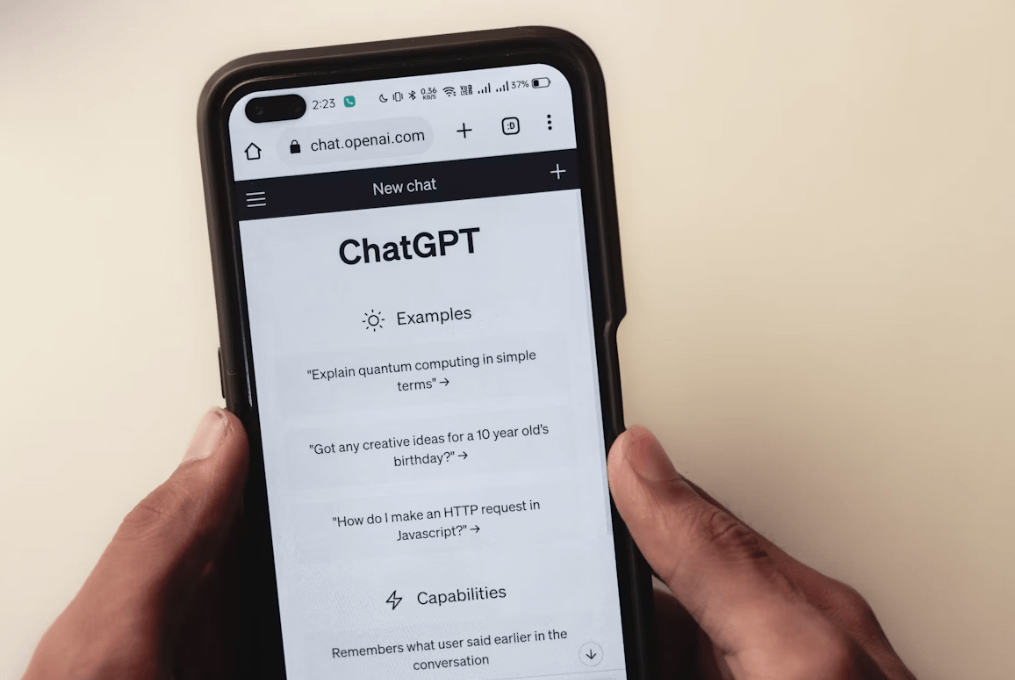
Topic: AI’s Impact on the Job Market: Executive Hype vs. Actual Capabilities: The community discussed that the greatest threat to human jobs is not AI itself, but rather executives blindly believing AI hype and conducting layoffs for short-term gains. This has led to a narrowing of research directions and negative impacts on industries like hospitals, such as increasing typists instead of improving the efficiency of professionals. (Source: Reddit r/ArtificialInteligence)
Topic: AI Governance: Nuclear Treaties as a Blueprint: An article suggests that nuclear treaties can offer a blueprint for addressing the existential risks posed by AI. The article emphasizes that the current lack of coordinated efforts in AI governance is alarming and must change to confront the potential threat of superintelligence. (Source: Reddit r/artificial)

💡 Others
Topic: Future Development of AI in Welding: AI, robotics, RPA, and machine learning technologies are driving the welding industry towards fully autonomous and intelligent development. This foreshadows efficiency improvements and automation transformation in traditional industrial sectors through AI. (Source: Ronald_vanLoon)
Topic: Progress in China’s Development of Combat Humanoid Robots: China is developing a 6-foot-2-inch tall, 200-pound humanoid combat robot, requiring a chest-sized solid-state battery for power. This demonstrates China’s investment and development in advanced robotics hardware. (Source: teortaxesTex)
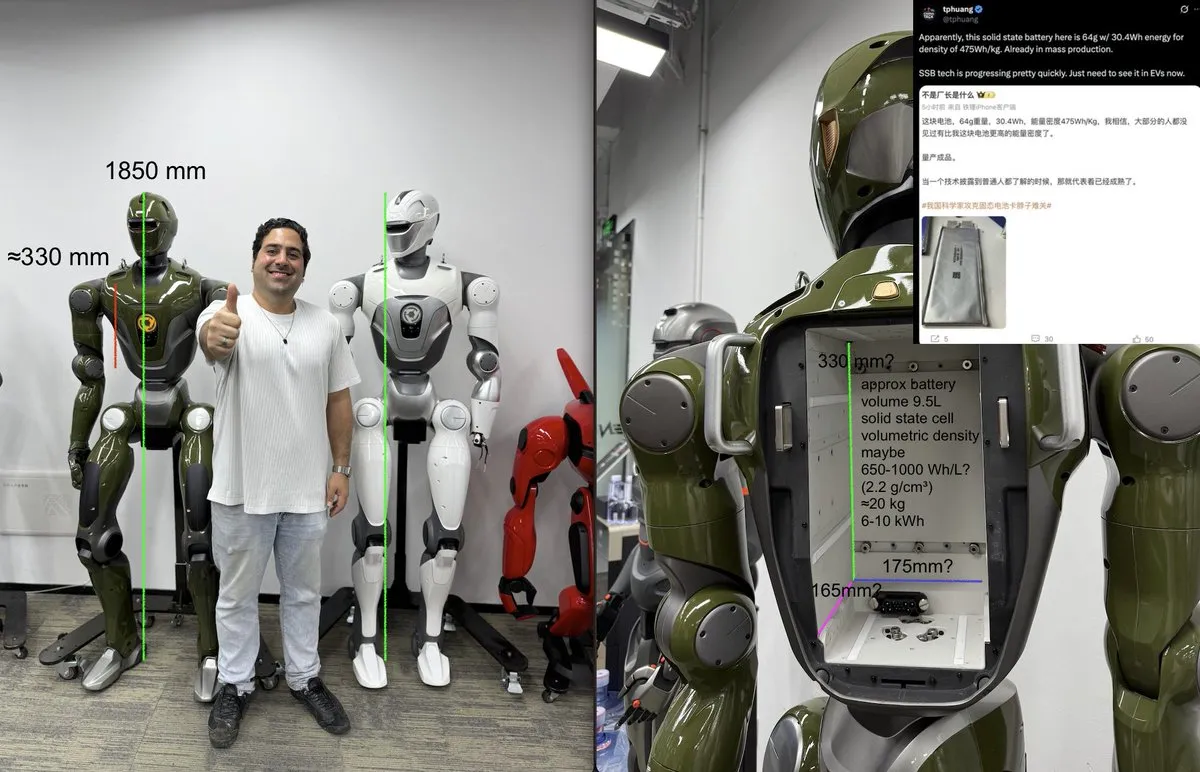
Topic: Industry Trends: Fusion of AI and Digital Twins: An infographic illustrates the industries most integrating AI into digital twin technology. This reveals the latest application trends of AI in intelligent simulation and optimization processes across sectors like industrial, manufacturing, and healthcare. (Source: Ronald_vanLoon)
